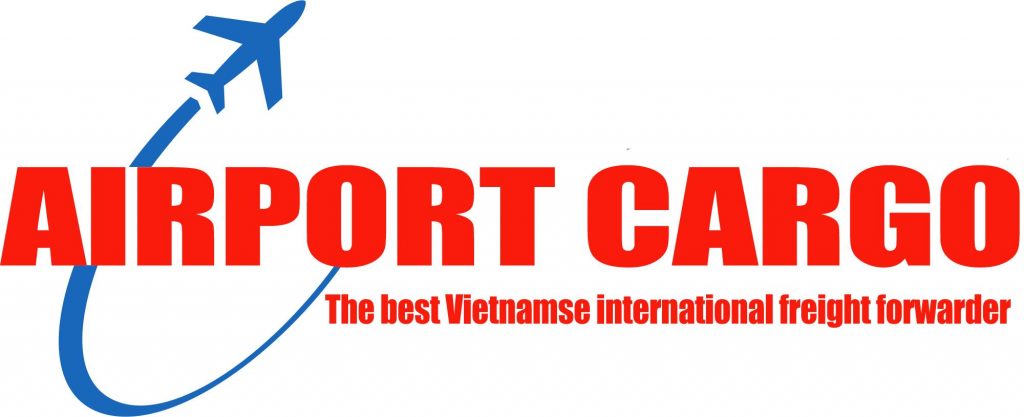What types of cargo are transported by air?
The various types of cargo transported by air, they fall into two main groups: General Cargo and Special Cargo. Special Cargo is then divided up into smaller specialized sub-groups. It is these specialized sub-groups we will take a much closer look at further on.
1.What is general cargo?
General cargo is items that do not fall into the Special Cargo categories and that do not require any extra precautions or special handling during air transport. These types of items are retail and most consumer goods (with the exception of mobile phones, tablets and laptops) , dry goods, hardware, textiles…
2.What is the special cargo?
Special cargo is where things get a little more complicated. Special cargo is goods that, due to their nature, weight, dimensions, and/or value, may have specific requirements.
The transport of these goods are addressed through specific regulations that must be followed when preparing, offering, accepting and handling this cargo. Items include dangerous goods, live animals, perishable cargo, wet cargo, and time and temperature-sensitive products among others..
3.Limitations for shipping dangerous goods
While some dangerous goods are too dangerous for transport by air except under very detailed allowance by the civil aviation authority, many can only be transported on cargo-only aircraft, and others can be transported on both cargo and passenger aircraft.
When considering limitations for shipping dangerous goods, it is never acceptable to ship any substance (explode, dangerously react, produce a flame or dangerous evolution of heat or dangerous emission of toxic, corrosive or flammable gases or …)
There are still many other materials that may only be carried under very particular circumstances. These are considered “Dangerous Goods Forbidden Unless Exempted.”
4.Documentation and labeling for temperature-controlled goods
When shipping temperature-controlled goods it is crucial that all documentation is filled out completely and legibly. Using the shipper’s and consignee’s full information and phone numbers is suggested. Using IATA’s 3 letter handling codes is always a recommended practice.
If the shipment is accompanied by any certificates or health documentation, then those should be documented in the “Handling Information” box of the Air Waybill. You should fill out the “Nature and Quantity of Goods” portion of the Air Waybill and make note if dry ice is being used as a refrigerant as it is considered a dangerous good.
5.Application and regulations for shipping perishable goods
When shipping perishable goods by air, specific steps and regulations apply to the process of shipping by air.
Is the cargo acceptable?
Is it marked and labeled?
Does it meet the prescribed conditions, etc.?
There are also shipper and carrier responsibilities that must be met. Regulations for each step of the process must be in compliance.
6.Classification of dangerous goods
Dangerous goods are grouped into nine classes:
Class 1-Explosives
Class 2-Gasses
Class 3-Flammable Liquids
Class 4-Flammable Solids; Substance Liable to Spontaneous Combustion; Substances which, in Contact with Water, Emit Flammable Gases
Class 5-Oxidizing Substances and Organic Peroxides
Class 6-Toxic and Infectious Substances
Class 7-Radioactive Material
Class 8-Corrosives
Class 9-Miscellaneous Dangerous Substances and Articles, Including Environmentally Hazardous Substances
Several classes are separated into sub-divisions due to the wide scope of the hazards within the class.
Contact Airport Cargo to be advised more.
See also:
Transporting goods to Turkey by air freight (airportcargo.vn)
The Situation of Seafood Exports in the Second Quarter of 2023? (indochinapost.com)




